The content of the article
People who bring cats, usually make sure that the pet was not only fed, but also received from the food all the components necessary for health. Many seek to diversify the nutrition of the animal. But the owners often do not think about the digestive features of cats and rely on long-standing stereotypes that have no real basis. But improper nutrition can not only shake the animal’s health, but also shorten its life.
Misconceptions about the nutrition of cats
There are several erroneous statements that are firmly embedded in the minds of modern people.
"What is for people, then for a cat"
It is believed that the cat does not need any special food. Simply put in the bowl the same that the owners have prepared for themselves. Cats and humans are two completely different species, so their food should be different. The predator does not chew or digest the diet of the omnivore.
"What they gave, then eat!"
A supposedly obedient pet should meekly absorb the contents of the bowl so that the owner does not have to spend money on some special food. Perhaps if there is no other food, the animal will eat everything in order to survive. This does not mean that what is eaten will benefit him. A good example is yard cats that feed in trash bins. They are omnivorous, but do not differ in health, but do not live long.
“Eat whatever you want, just don’t starve!”
Lack of appetite and untouched food scare people who are ready to buy any delicacies to the tailed companion, just not to starve him to death. Treat dairy products, fatty raw meat, fish, sausages and sweets. The tantalizing aroma and unusual taste do not mean that the food will be healthy, and the increased content of fats, salt, sugar, spices and lactose can cause irreparable harm to the health of the pet.
“The cat herself knows what she needs and in what quantities”
They say that if an animal wanted to feast on something unusual, it means that it has a need for it, and it is impossible to interfere with the call of nature. If this were true, the owners would have long forgotten about the food poisoning of their four-legged friends. People lose sight of the fact that domestic cats have long left their usual habitats, where you only had to rely on instincts. Animals next to people change, learn to rely on the owners, and not on instinct. Therefore, the cat should not be allowed to eat junk food. Even wholesome food should be given in recommended amounts to avoid overeating.
“The cat will not eat poor-quality / non-natural / stale food”
Again, street cats that live on scraps are often cited as examples. Surviving in harsh conditions does not mean health and longevity. What about natural food without harmful additives? This is also a myth: animal receptors are easy to fool with flavorings. A cat may pass by a healthy food with a faint odor and become interested in a harmful but odorous treat.
“Industrial feed is harmful, they can be given little by little, along with natural products”
Absolutely incorrect statement! Good feeds from manufacturers that comply with quality standards contain exactly the set of ingredients that best suits a cat of a particular age and breed. The animal not only eats up, but also receives in optimal quantities all the necessary vitamins and minerals for life and development. At home, it is extremely difficult to achieve such results. Mixing the feed with ordinary foods causes the balance to be disturbed: some substances enter the body too much, others are not enough. Eating this can cause digestive upsets.
What not to give a kitten
Products whose use does not affect the body of an adult can harm a kitten or a teenage cat. Improper nutrition in the future can lead to developmental disorders and chronic diseases. Kids should not be given all that food that is harmful to already formed animals, except for milk and dairy products. In a growing body, a sufficient amount of the enzyme is produced, which is needed for the absorption of milk proteins. A kitten up to eight months old can be given milk, kefir, sour cream and yoghurts without fillers. Of course, zeal is also not worth it.
What foods can not be given to cats
The eating habits of people should not be a guide in drawing up a cat's menu. You can not say in advance which product, and in what quantities will affect the health of the animal. Some food groups should not be present in the diet of an adult cat.
Meat
For predators, meat is the main source of protein and vitamins. But not all of its species will suit the cat for the future. Among them:
- Fatty meat (lamb, pork, some beef varieties). It has a lot of cholesterol, which increases the risk of obesity and negatively affects the blood vessels.
- Raw meat is a source of germs and parasites.
- Fried or boiled meat contains almost no useful substances and is poorly digested.
- Liver. It has a lot of vitamin A, the increased consumption of which leads to deformation of bones and joints.
- Canned food, sausages, smoked meats, prepared for people. They have a lot of salt, pepper and other spices that are harmful to animals.
Bones
Any - chicken, fish, beef, lamb or pork shards - are strictly prohibited. They are able to get stuck in the throat, damage the mucous membranes of the digestive tract and even clog and rupture the intestines.
A fish
In nature, cats very rarely eat fish, which is not easy to catch, so such food is not familiar to the animal. With frequent use, helminth larvae and small bones can enter the body, and phosphorus salts accumulate in the kidneys, forming stones.
Low-fat fish fillet (preferably marine) can be given one to three times a week.
Milk and sour milk
With age, the cat's body ceases to produce lactose, which helps to absorb milk, so it causes indigestion, diarrhea and vomiting in most animals. Fatty dairy products are especially harmful.
Vegetables, fruits, berries and root crops
Predators almost do not need carbohydrates: fiber, starch and sugar are not processed in their bodies. Some fruits are poisonous (nightshade in raw form, onions, garlic, grapes, avocados), legumes lead to bloating and abdominal pain.
Other products
Drinks with caffeine, alcohol, chocolate, confectionery and bakery products should also not be given.
How to feed a pet
It is unlikely that many owners can first calculate the diet, and then carefully weigh each component on a scale, carefully chop and carefully process it. Manufacturers of animal feed solved this problem. Food for cats with various diseases has been developed.
You need to carefully choose industrial feed for the appropriate age. If the diet is chosen correctly, the cat will be healthy, cheerful, with fine coat and mustache. And even with good health, you should periodically show the pet to the veterinarian.
Video: 10 foods that cats cannot be fed


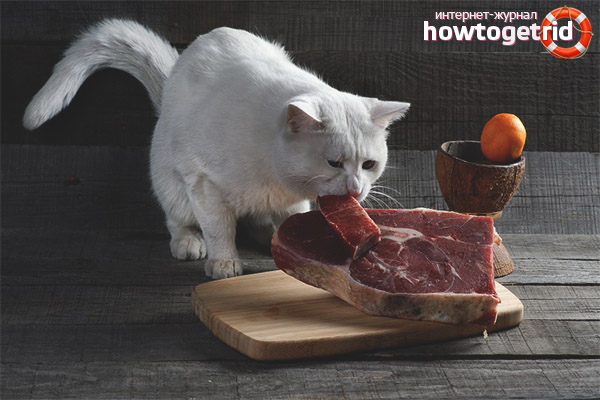



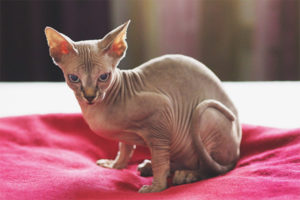
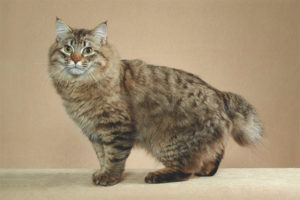
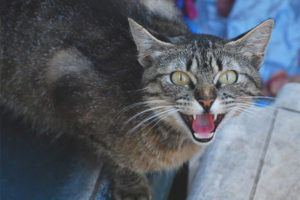
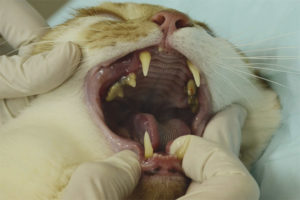
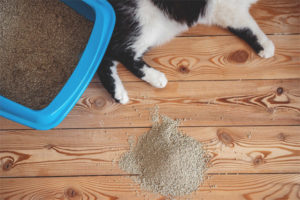
Submit